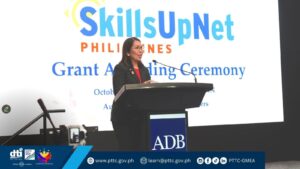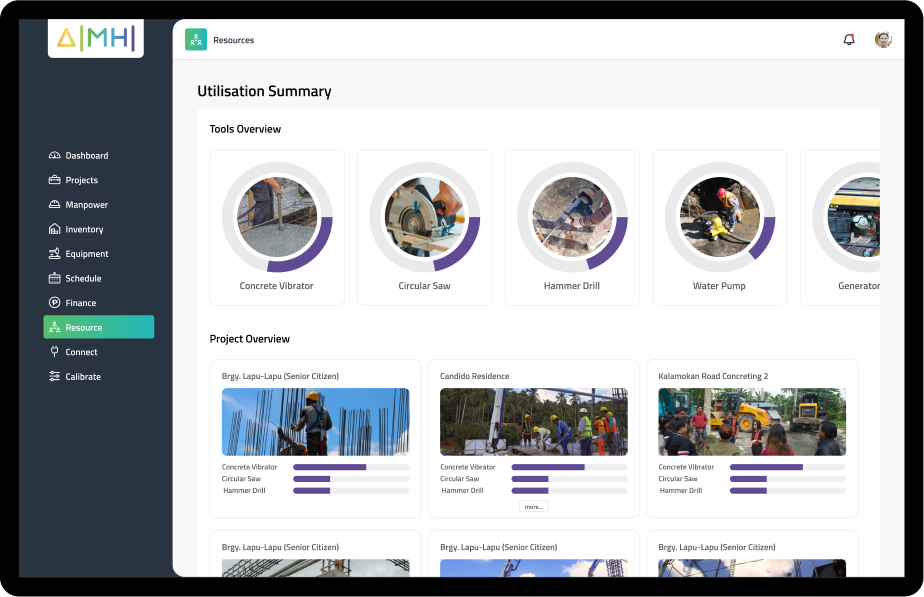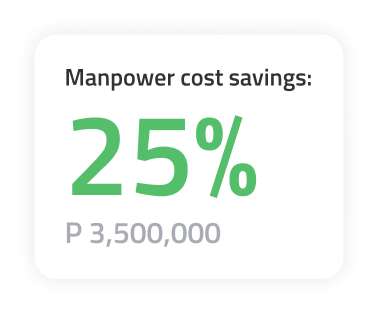Arising from the extensive effects of the pandemic take work, especially for construction companies. Not only do they need to start from scratch, but they also need to ensure that they maximize profit to secure a smooth sailing reopening of their brick and mortars. Thus, having efficient and effective construction management software is a must.

Photo by Ivan Henao on Unsplash
As the pandemic stretches globally, construction companies are one of the affected sectors of the sudden paradigm shift, putting their businesses on the brink of failure. But, as the world slowly opened its doors, construction project opportunities skyrocketed as humanity continued to pave the way for advancement and modernization despite the ongoing covid-19 pandemic.
What is Construction Management?
Throughout the years, the term construction management became popular in the construction industry; but what does this mean? In a nutshell, construction management is a service that supervises and regulates construction projects–from planning, designing, and construction–where several methods and techniques in project management are applied.
Managing a building project from inception to end requires meticulous preparation, the creation of a detailed budget, and cooperation among all parties involved. Buildings, roads, bridges, and other structures are just some things you could oversee as a construction manager.
If you have an eye for aesthetics, love seeing a project develop from the ground up, and are excited by the possibility of working side-by-side with construction professionals and clients throughout a project’s lifespan, construction management software helps everyone on your team in the building process manage seamless and timely communication.
What is Cost Optimization?
Meanwhile, spending and cost reduction are the emphases of cost optimization, a constant corporate discipline aimed at maximizing value. This business-focused discipline encompasses getting the lowest possible prices and terms on all company purchases and simplifying, standardization, and rationalizing transactions, processes, and services.
Amazon Web Services (A.W.S.) refers to cost optimization as fully using all available resources to accomplish a goal at the most cost-effective pricing point while simultaneously satisfying the customer’s functional needs. According to A.W.S., cost optimization is a process that constantly modifies and enhances a workload across its entire lifespan to optimize savings and returns, especially for construction companies.
Cost optimization is the continuous process of enabling efficient and effective business operations without increasing expenses. As with any optimization model, cost optimization aims to reduce inefficiencies and produce savings that drive expansion.
Below are five steps to optimize cost in construction management.
1. Boost productivity
Productivity is the result or outcome of the construction company’s initiatives and efforts to succeed in any construction project.
To make and boost the profit, you need to know how much each project will cost.
Understand the costs of direct labor and the more general administrative overhead. You can only evaluate the profitability of individual projects if you have a good idea of how much money it takes to complete each one.
Increasing the productivity of your construction company needs meticulous planning and the establishment of work schedules. Contractors must collaborate to ensure that they carry out work that makes sense toward maximizing the productive capacity of those working on the project.
Moreover, your employees are a vital component of productivity; thus, your field workers must know how to accomplish their job correctly and securely. Every worker must receive the appropriate training with the tools and resources needed to do their duties effectively.
How to Boost Productivity the Modern Way?
Using construction management software is one of the modern technological advancements that will help construction companies immediately update their on-site workers on minor or significant project changes. Significantly, this software facilitates fast communication between employees working at the back office and those working on the site. Hence, it is software for instant communication among all on-site and back-office employees involved in the construction project.
2. Profit Estimation
You anticipate success while bidding on a job. If your bid is accepted and you receive the contract, you will likely seek financial gain. Your predictions must be as precise and reasonable as feasible. Even with improvements in project management and productivity, the company must accurately predict costs and benefits to ensure the company can turn a profit.
Another crucial task for profit estimation is the data-keeping of the job expenses records. This task guarantees that you hit your company’s goals for profit margin as the cost estimators can add precise markups. Facts and figures make up a solid offer and not speculation. Make sure you throw in a contingency line in your bid to cover unexpected expenditures if the risks associated with a project ever materialize.
You need to know how much each project will set you back if you want to turn a profit and increase that profit. You can only assess your profitability on individual jobs once you know how much it costs to finish each.
3. Know the Cost
To be successful and increase your profitability, you need to be aware of the costs associated with accomplishing each project. Your awareness considers the costs of your specific services and the expenditures incurred in running the business overall. You need to know how much it costs to complete your jobs. Understand whether or not you are earning a profit on any of the contracts you are working on.
When discussing job costs, these include every facet needed to accomplish a construction project: construction materials and supplies, equipment and machinery rentals, permits, labor, fuel, etc. Your job expenses will include, in general, all expenditures that are directly related to the operation of the job itself.
Also, construction project planning needs strategies that keep costs in check. They are often the deciding element in whether a contractor can profit from a given job. A successful project requires a well-thought-out strategy for managing costs and a realistic budget for its development. If you want a complete project to be on time, within scope, and under budget, you need to implement cost control processes.
4. Set Goals for Profitability!
Establishing targets for your profit margin can help boost your company’s bottom line.
If you know where you want to take your company in the future, you can create reasonable targets for growth in revenue and profit. In addition to influencing your tasks, it will tell your estimators what markup percentage they should aim for on each project.
Furthermore, establishing profitability goals for your construction project serves as a springboard for your company’s desired success. Indeed, in the business realm, profitability only happens after making sales and properly managing expenses. Significantly, employees should also know the track that the company’s project is going so that they will maintain sight of the goals.
The project’s goal must adhere to the S.M.A.R.T.: Specific, Measurable, Attainable, Relevant, and Time-bound.
5. Evaluate and Analyze the Results
Even if a project doesn’t meet the deadline, you may still carry out more activities. Assemble your team, do some analysis and evaluation, and figure out how close your expected and actual profits are. This approach will allow you to judge how accurate your prediction was. Were this project’s cost estimates comparable to those you anticipated incurring? Have you considered all the necessary overhead expenses details in your proposal? Have any issues with the job that have resulted in decreased productivity or an increase in the total cost?
Moreover, by examining the discrepancy between your expected and actual expenditures, you will know when or where to cut waste and save money for future construction projects. You may conduct or send your employees to training and workshops as one of several solutions to improve the productivity of your construction company.
Takeaway
Making money in construction takes work. There are just too many ways in which the initiative could fail, even if it has the potential to be successful. It takes time and effort to turn a business that is barely breaking even into one that is lucrative enough to expand and achieve its objectives.
Management in the construction industry guarantees that everyone involved is responsible for their share of the work. Doing so is crucial for ensuring that you spend money well. Finding problems lets your team look for solutions without wasting time or money.
Construction managers may bring their knowledge to bear on every project facet, with the added responsibility of having everyone sign off on the plan. With someone to keep an eye on things, construction management is a crucial extra step.
Book a demo with us to learn more about how AIMHI construction software can increase your profit by as much as 5 to 10 percent.









